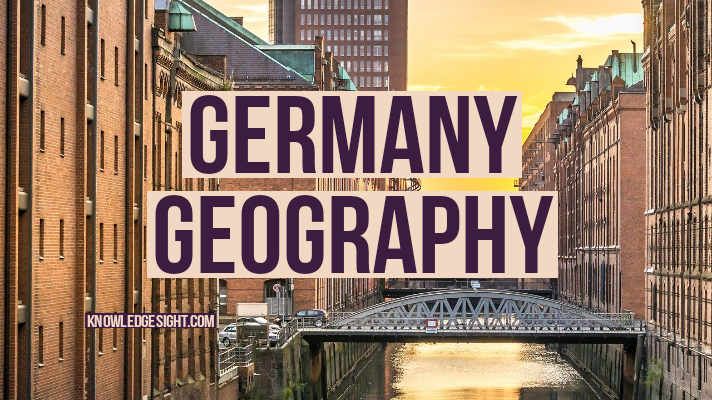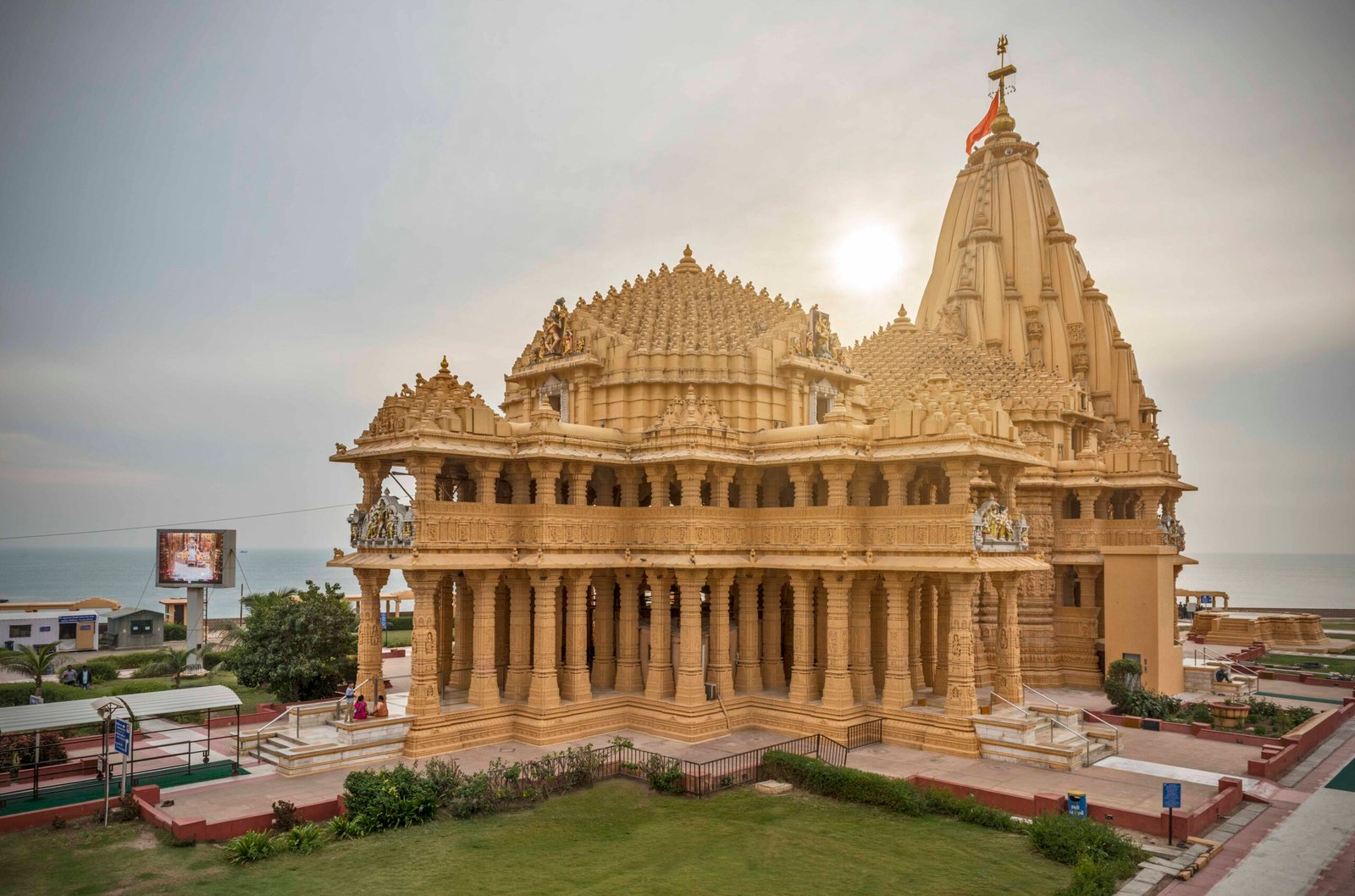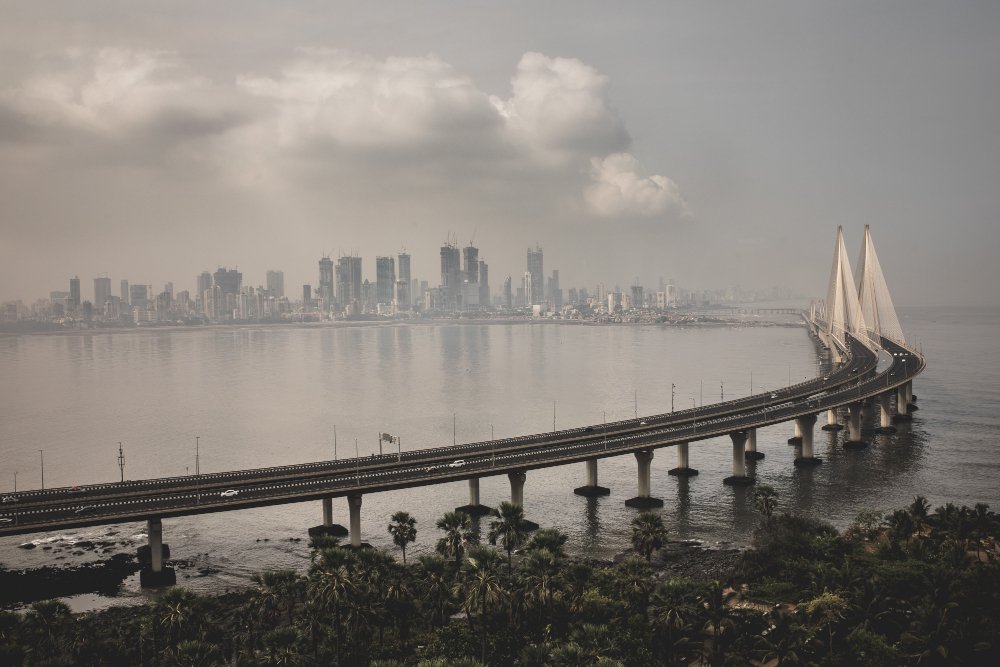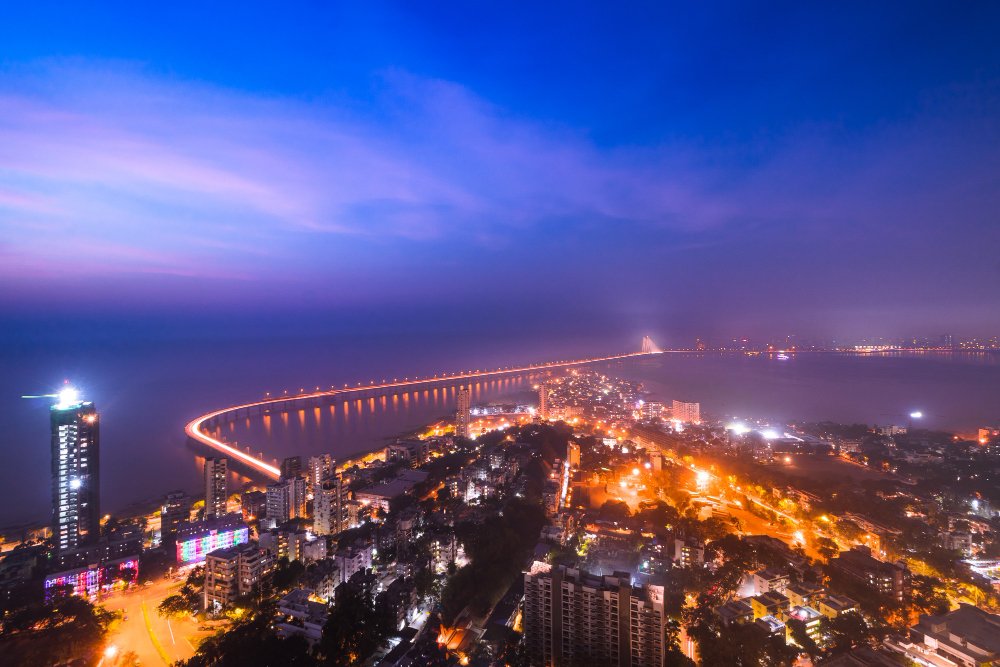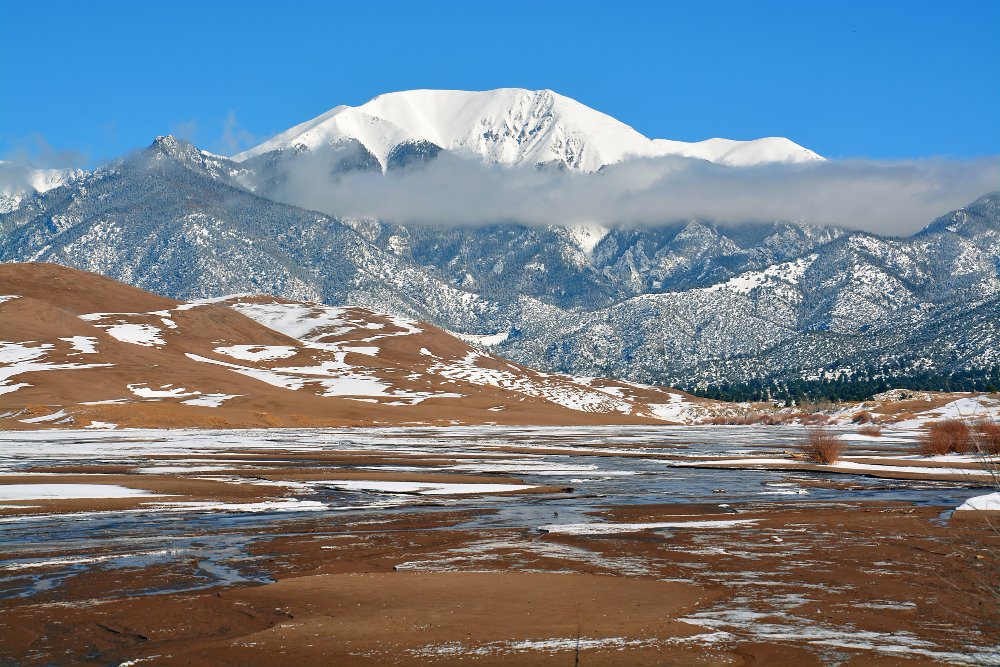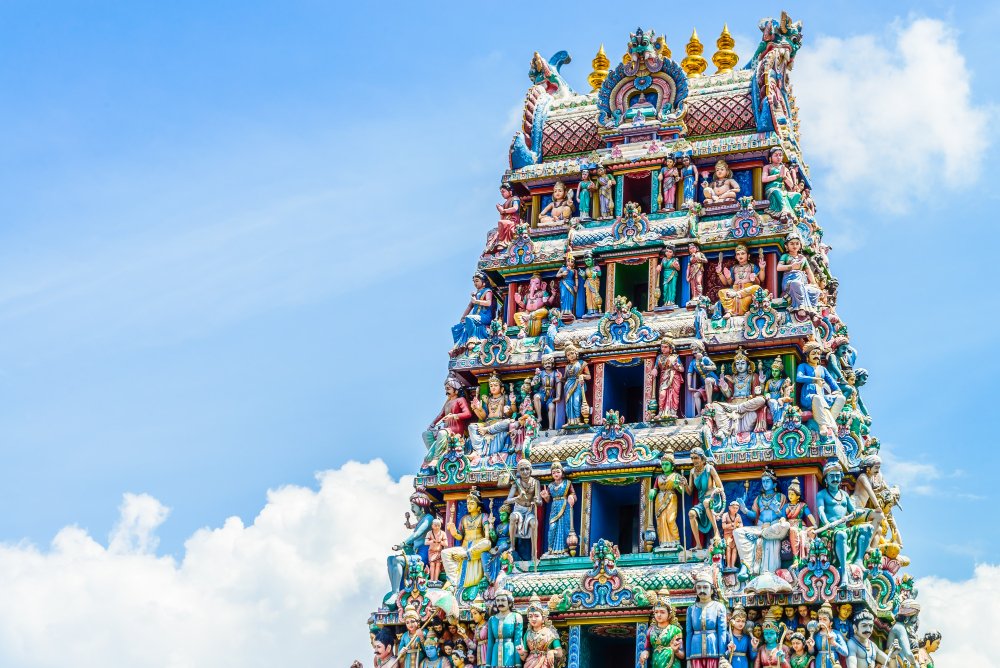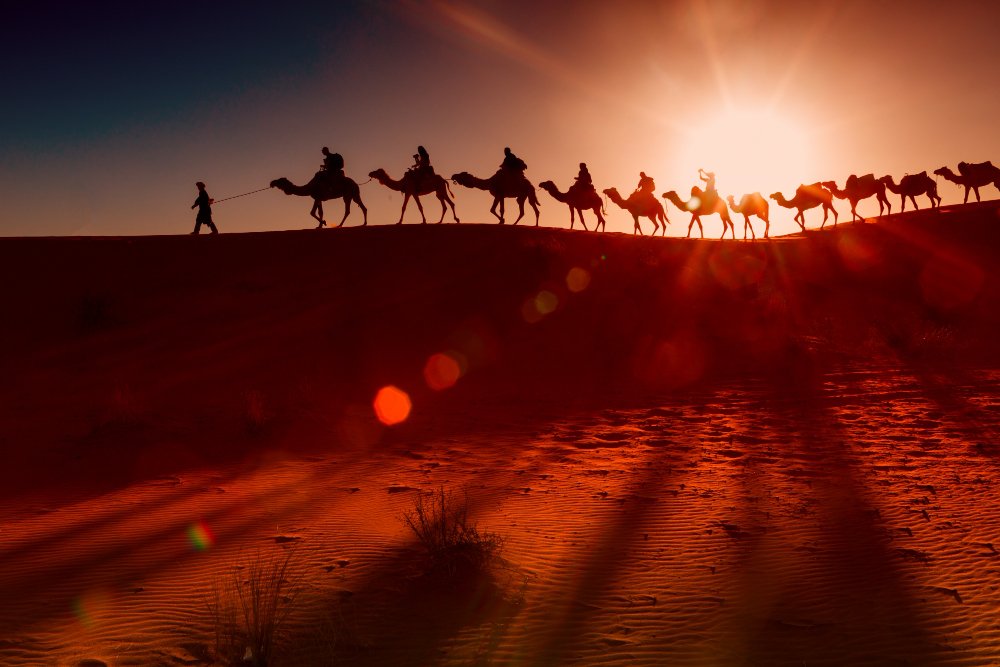GERMANY
LYING AT THE HEART OF EUROPE, Germany is one of the world’s wealthiest nations. In its present form, Germany is also one of the newest countries in Europe. After World War II, it was divided into two separate countries – West Germany, a western-style democracy, and East Germany, a communists State In 1990, the two parts of Germany were reunited as one country. The eastern part is now struggling to overcome the legacy of economic decay and pollution left by its communist past.
RECENT HISTORY
The reunification of Germany took place onOctober 3, 1990.Growing protests in East Germany, and the collapse of communism in the USSR, finally led the government to make changes. The Berlin Wall,symbol of Germany’s was demolished, and East Germans started to flood into West Berlin. The city has regained its status once more as the capital of Germany and the seat of government.
FEDERAL STATES
Germany has only been a single country 1871.Before that, it was divided into many independent states. Today, Germany isstill made up of 16 states,or Länder (shown left)with a federal system of government, similar to the US. Each Land has its own state government and controls local issuessuch as education. Many Germans still havea strong sense of regional identity,thinking of themselves as Bavarians, for example,first, and Germans second.
EDUCATIONYoung German children go to nursery school, then to primary school. At the age of 10, they move to either a Gymnasium (junior high school), a Hauptschule (secondaryschool) or a Realschule(vocational school). These last two types of schools specialize in training students in technical skill.THE ENVIRONMENT Thanks to the success of the Green Party,Germans are very aware of the need to protect the environment. There are very strict controls on pollution – Germany hasled the way in equipping catalytic converters to cars and in using lead-freegasoline.
most houses have three separate trash cansfor different types of waste,so that household garbage can be recycled.
FOOD AND DRINK
The annual Munich Oktoberfest is the biggest of the many beer festivals held all over Germany. It lasts for two weeks and attracts millions of beer drinkers. Beer is Germany’s national drink, with wine a close Second.Popular types of food include bread, pastries,pretzels, cold meats, and cheese.
canada facts , geography of usa , geography of australia, deserts of the world
INLAND WATERWAYS
Germany’s extensive network of canals and rivers is vitally important for transporting cargo. Barges are a common sight alongrivers, such as the Rhine,carrying goods around Germany and into other parts of Europe. In eastern Germany, the Oder Riveris an important waterway for taking goods into Poland.On land, Germany has excellent highways and a fast, efficient railroad system.
THE LANDSCAPEFrom the flat, fertile plains of the northto the snowcapped peaks of the BavarianAlps, shown here, the German landscape isextremely varied. One of the country’s mostfamous and most picturesque regions is theBlack Forest in the southwest, which gets itsname from its dark coniferous trees.RELIGIONIn the 16th century, a German monk, MartinLuther, attacked the teachings of the Roman Catholic Church in Germany, preachinghis own brand of Christianity.
The movement he started was called the Reformation, and his followers,Protestants.His movement gained most support in northern Germany, which is still largelyProtestant. Most people in southern Germany are Catholic.SPORTSMany of the world’s top sports stars have cfrom Germany, including Borris Becker intennis, brothers Michael (shown right) and Ralf Schumacher (shown left) in motor racing,and Katja Seizinger in skiing.
Soccer is Germany’s most popular spectator sport. The West German team was outstandingly successful, winning the WorldCup several times. A single, unified Germansquad first entered competition for the 1992 European Cup.THE RUHR VALLEYThe Ruhr Valley is the most heavily industrialized region in Germany, and also the most densely populated area,with many large towns and cities. In the 19th century,huge deposits of coal were discovered here.
This led to the region’s development as the center of iron and steel production, vital for Germany’s car industry. At first, coal was mined in the south of the coalfield where it lay near the surface. These seams are now exhausted. Today,mining is concentrated in deeper mines in the north.
COAL MINING
The Ruhr coalfield is one of the largest in the world, producing both black coal and brown coal(lignite). Brown coal is found on the surface, but black coal has to be extracted from deep mines, like the one shown here. Today, the Ruhr region faces serious problems. Coal supplies are running out andother sources of fuel are being found, leaving many people without jobs.


